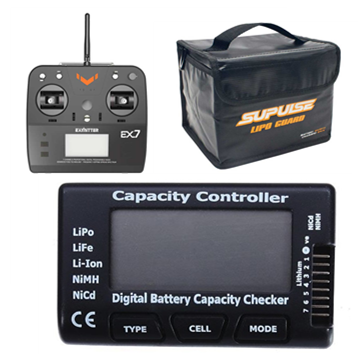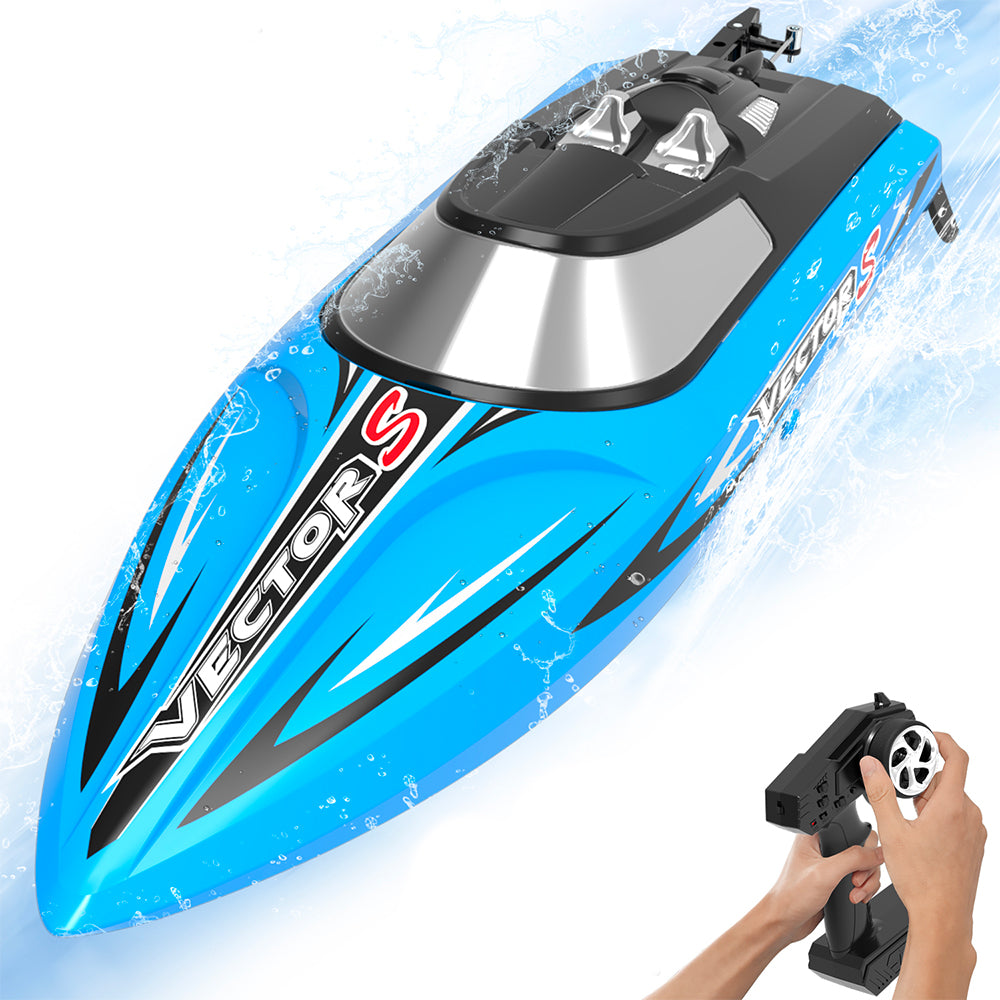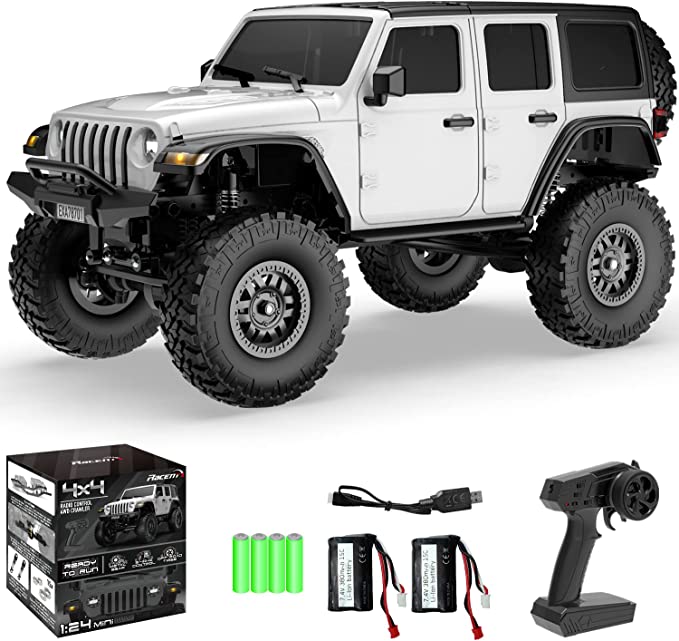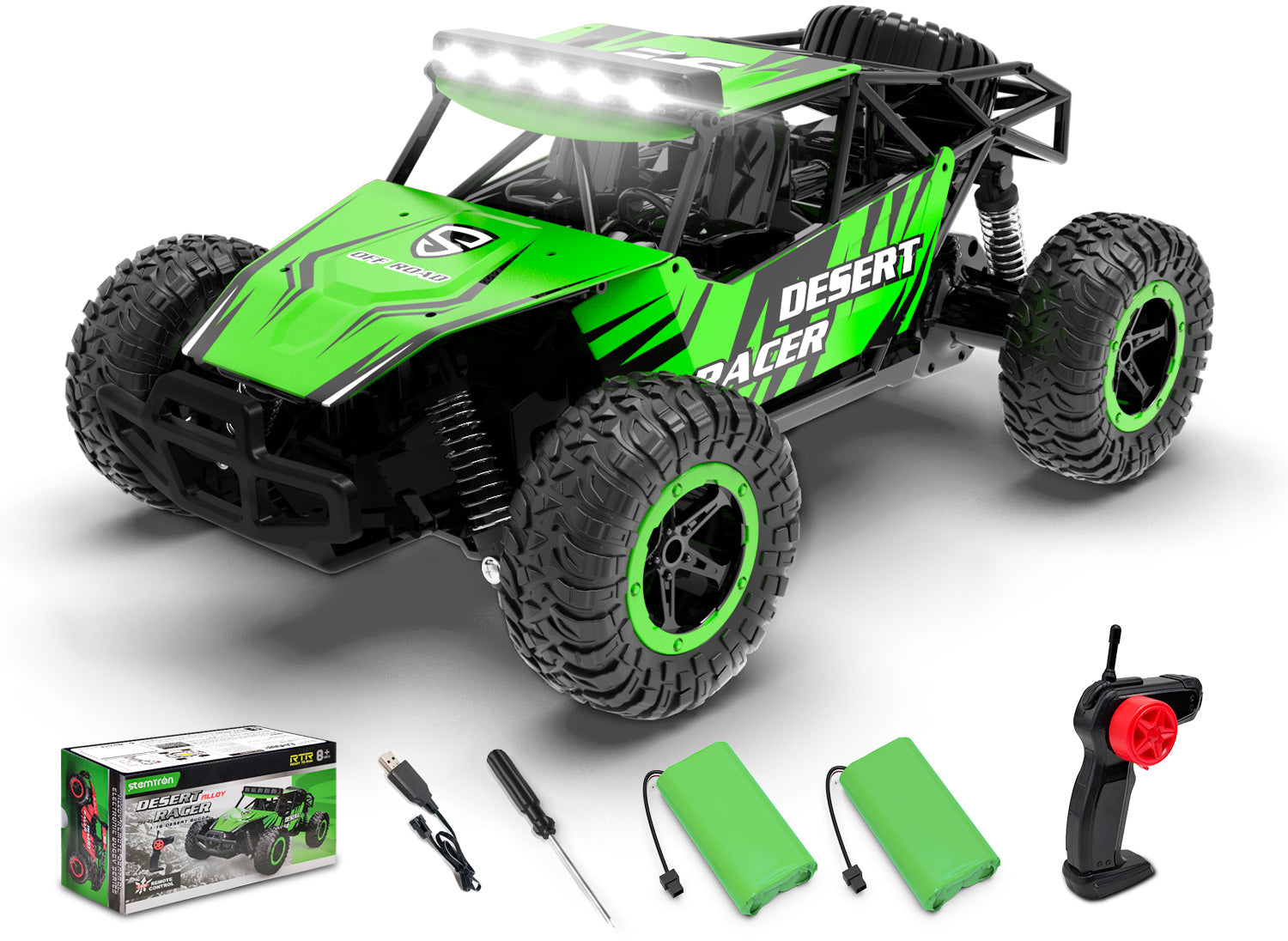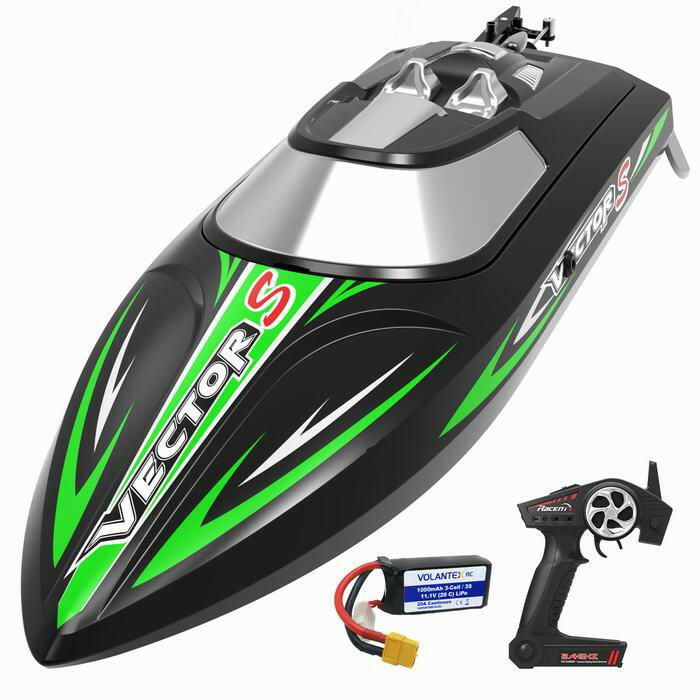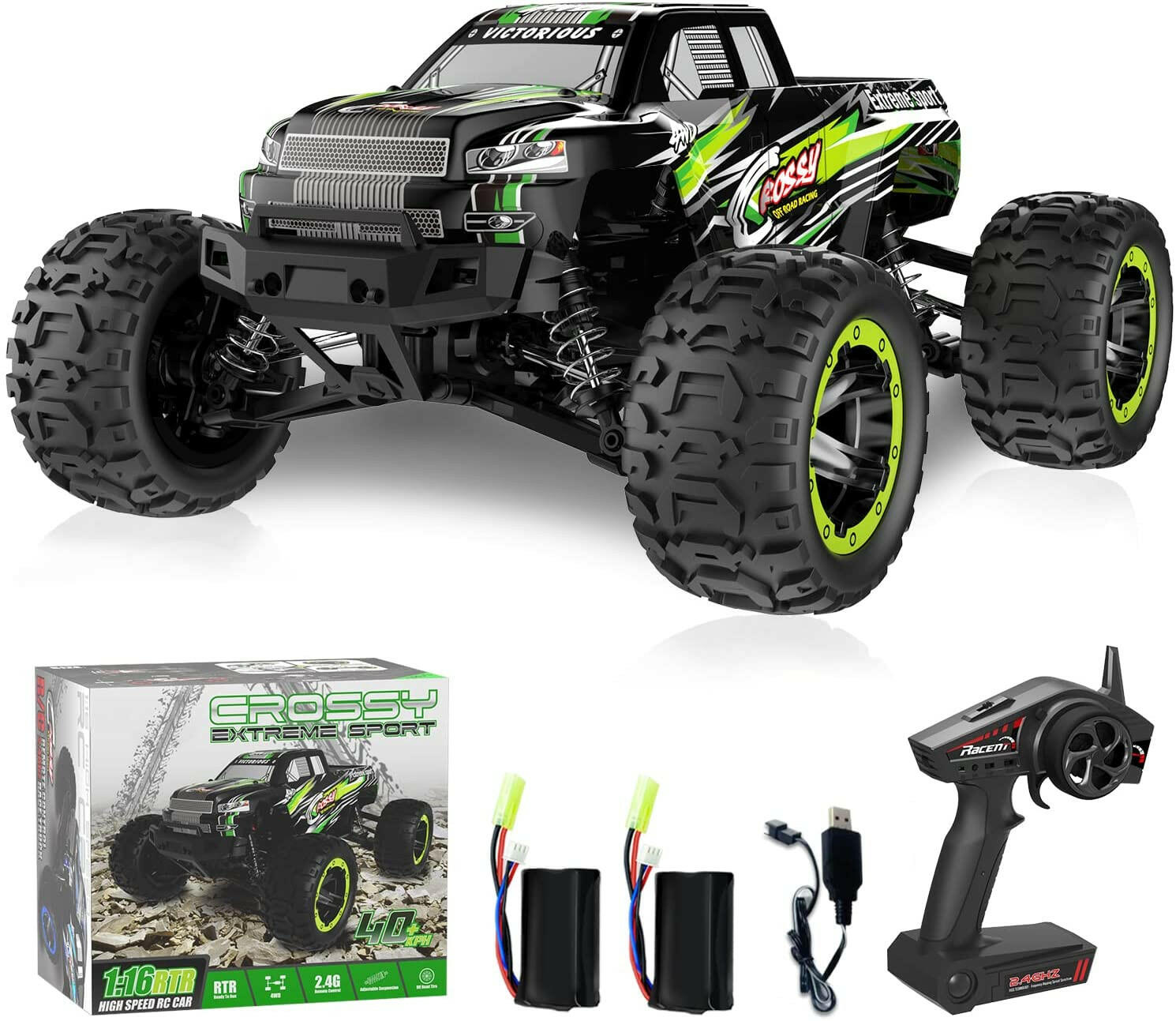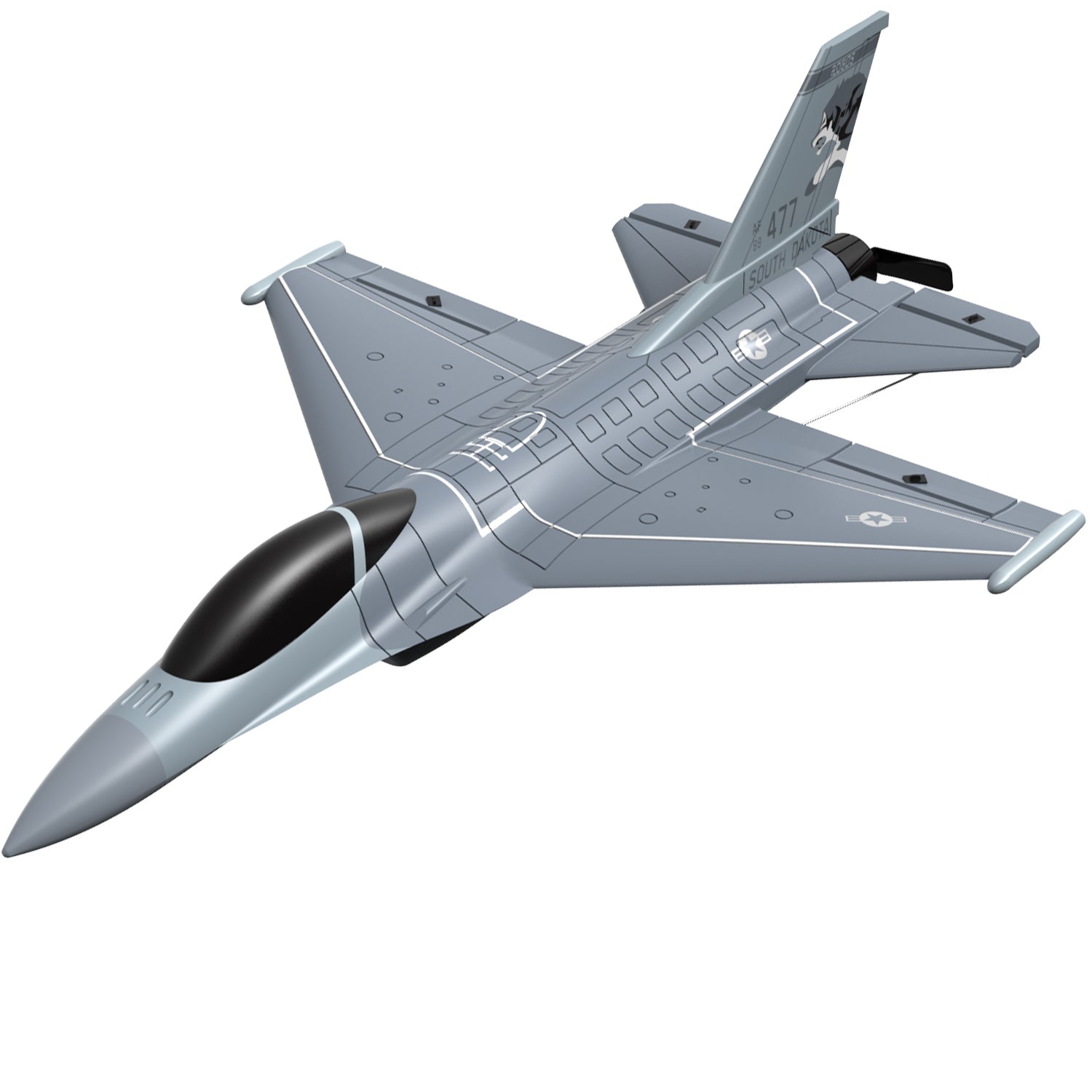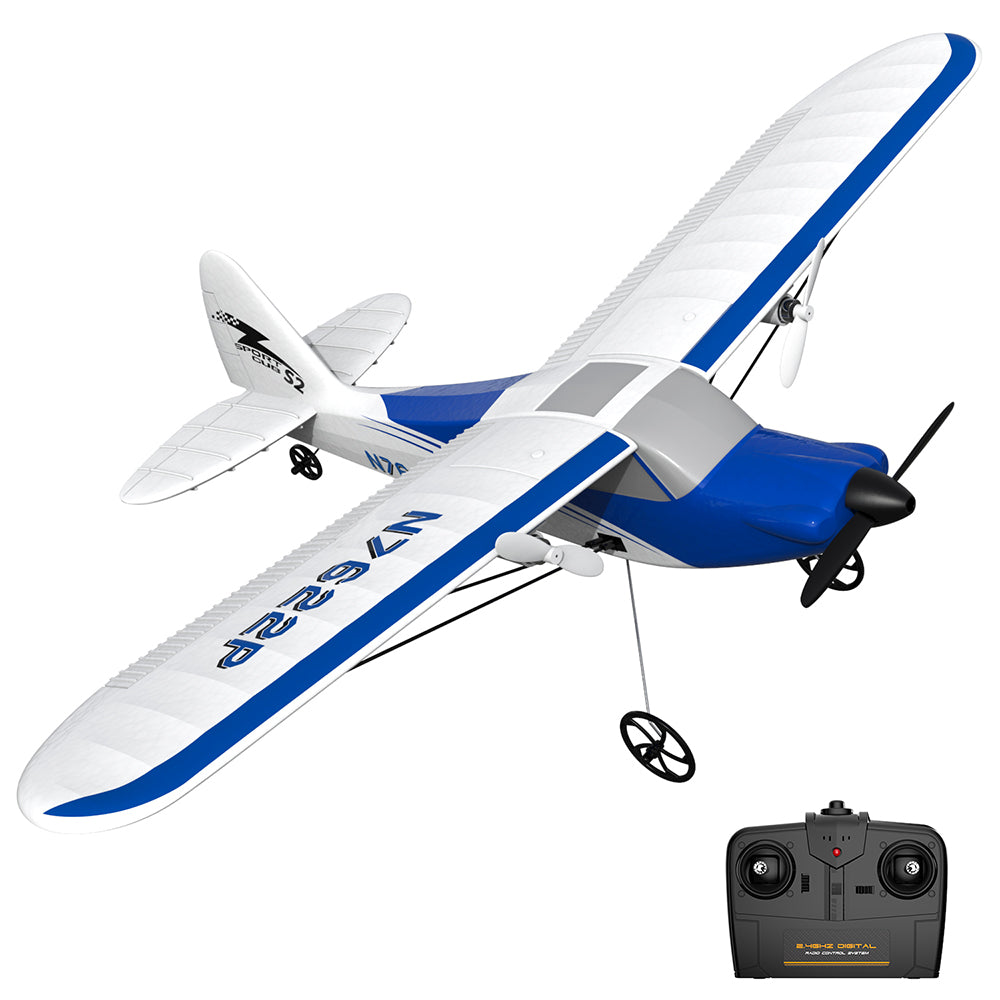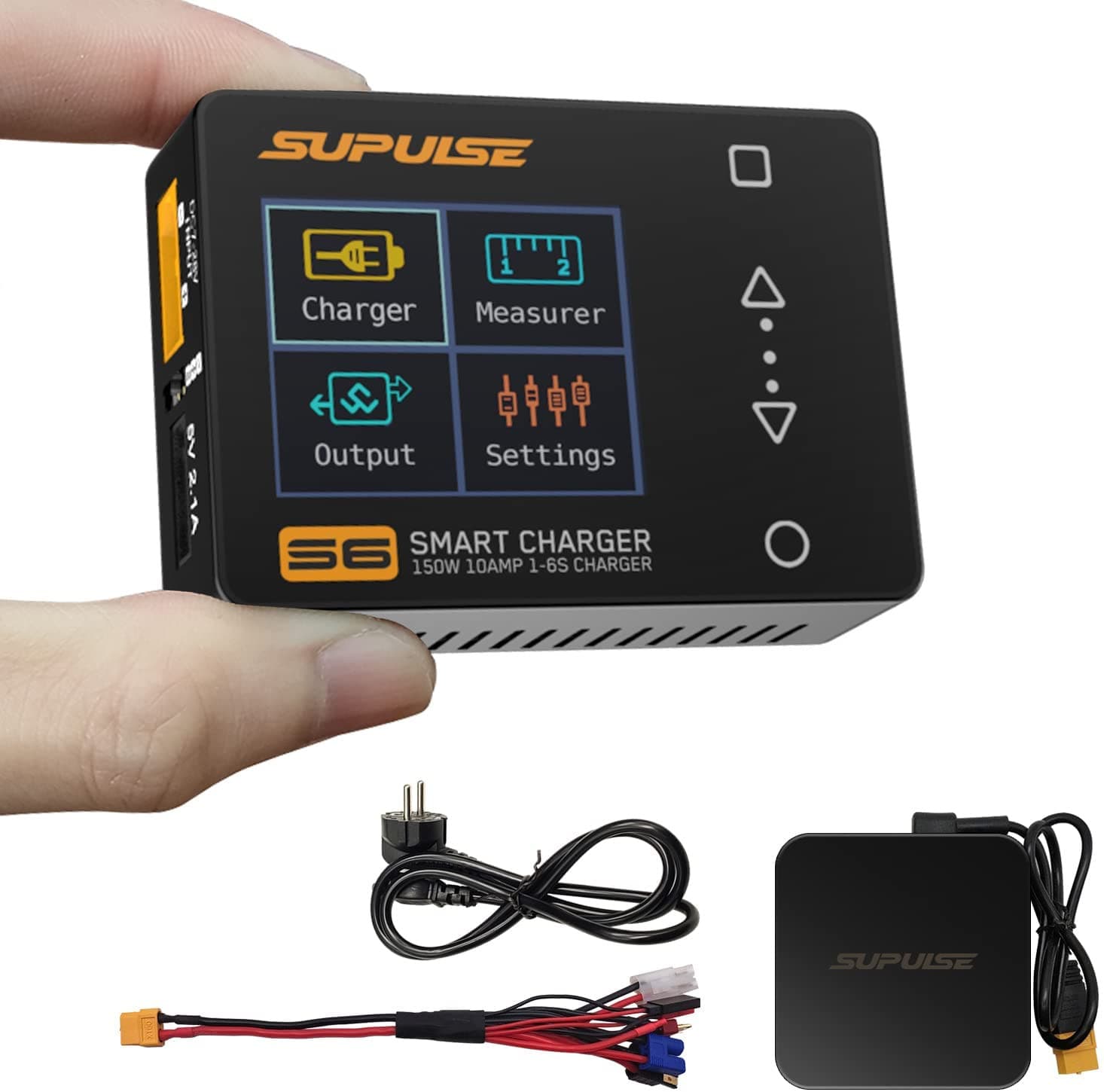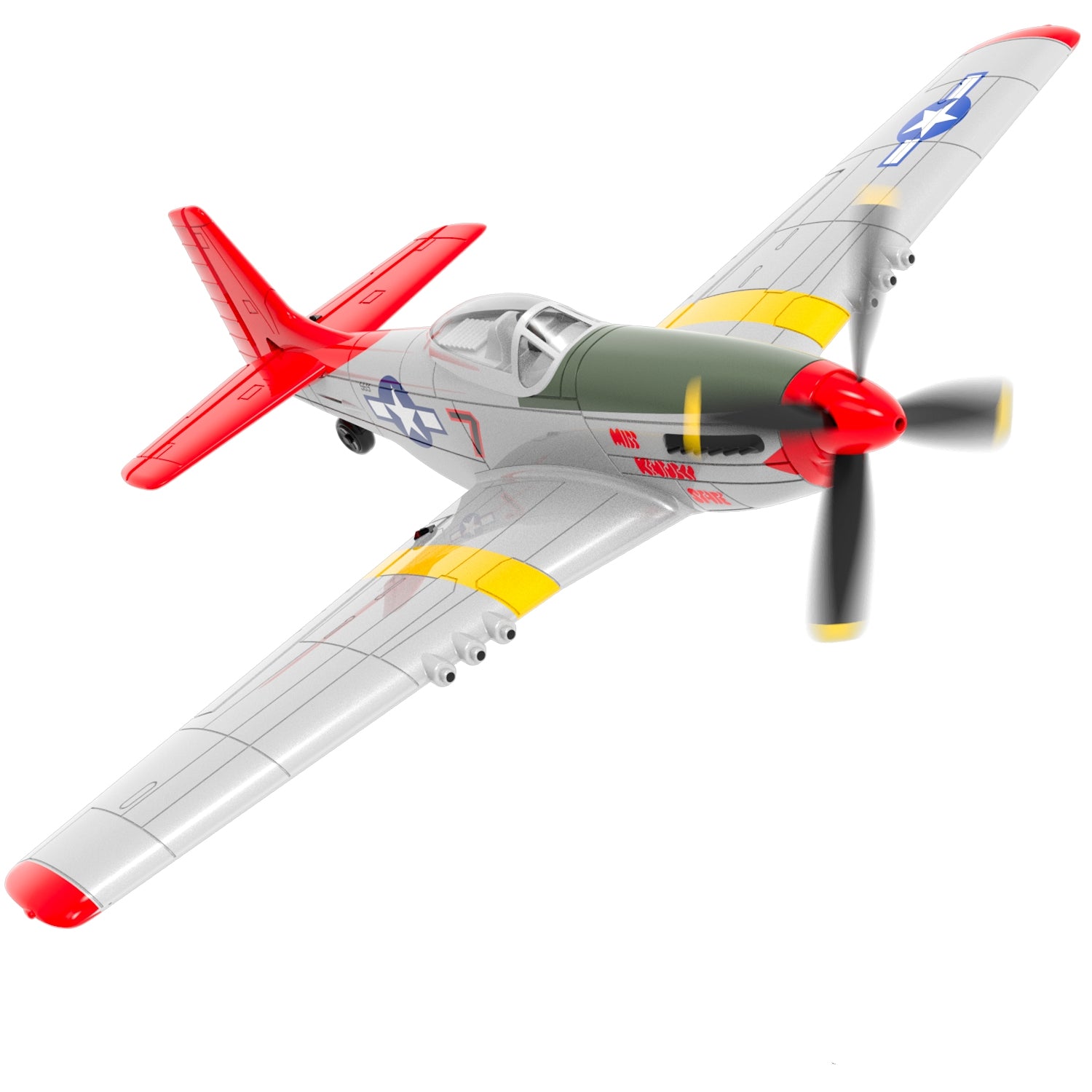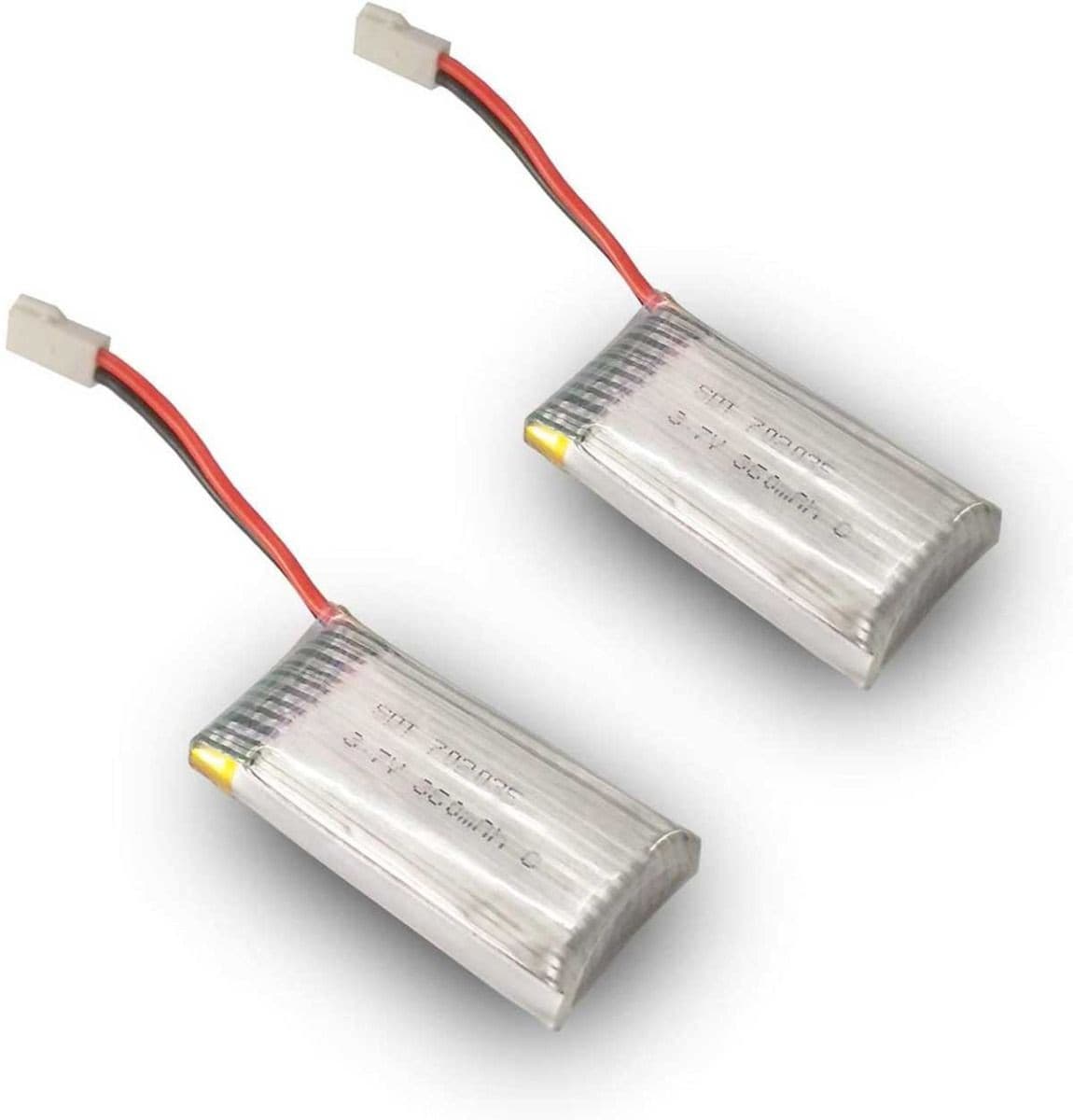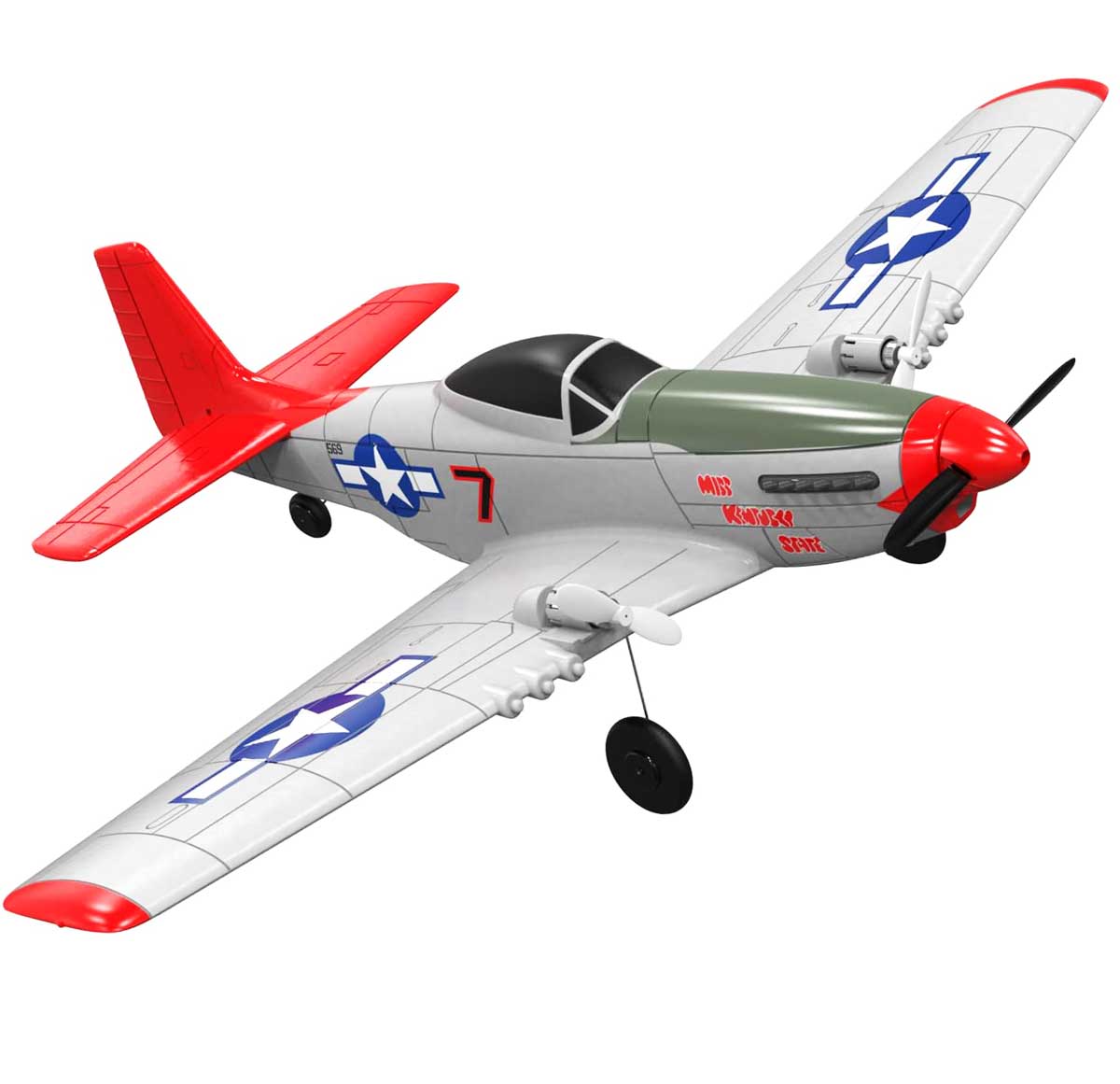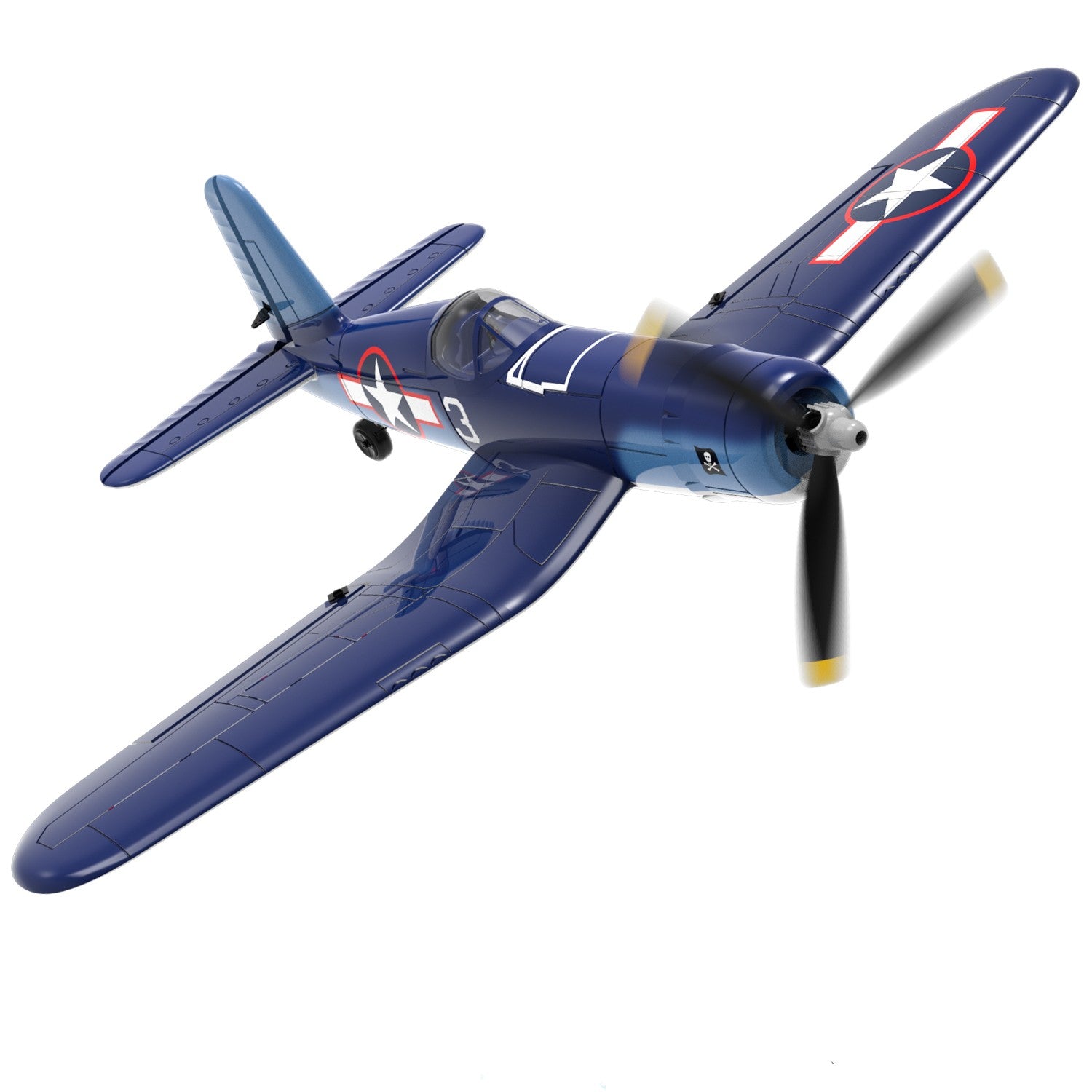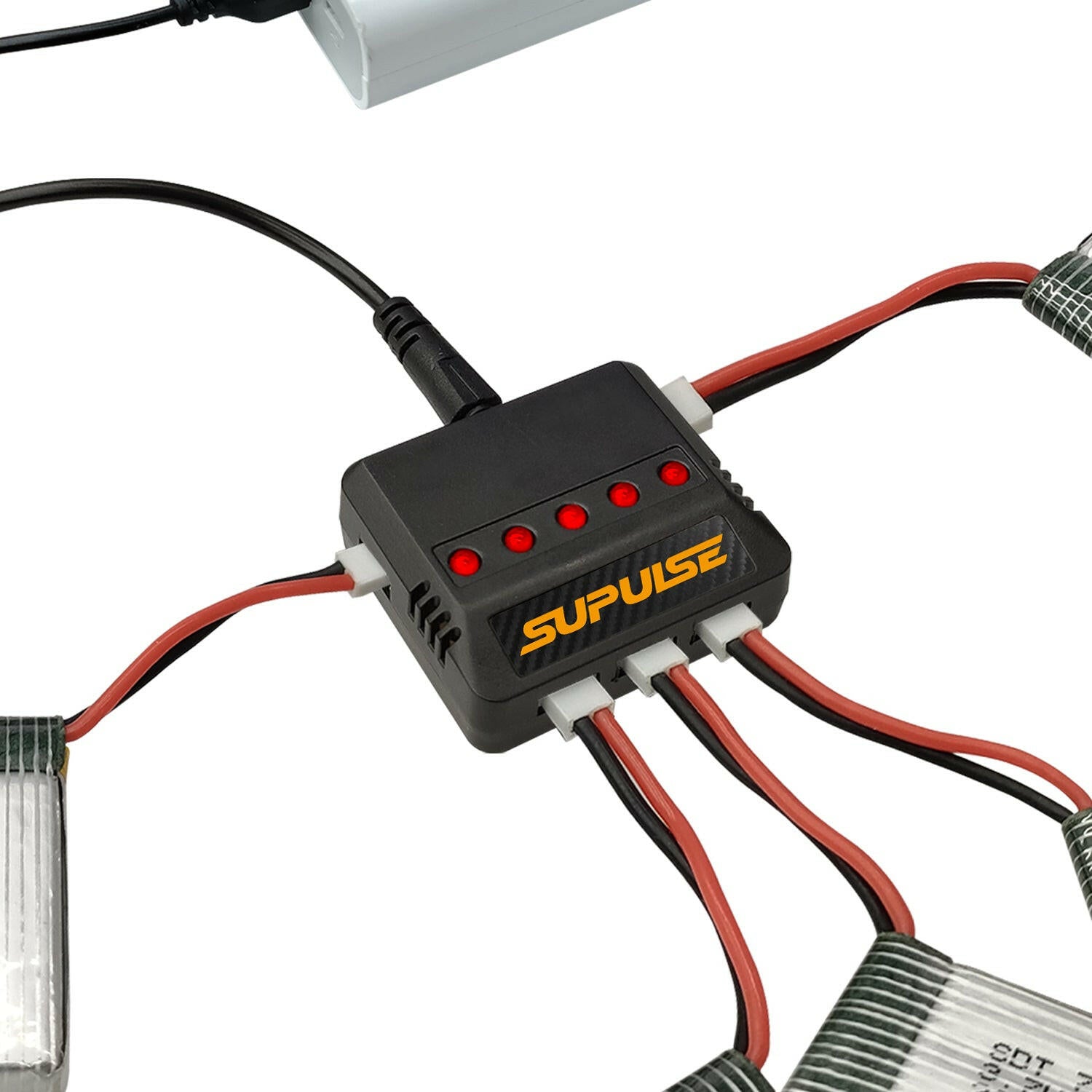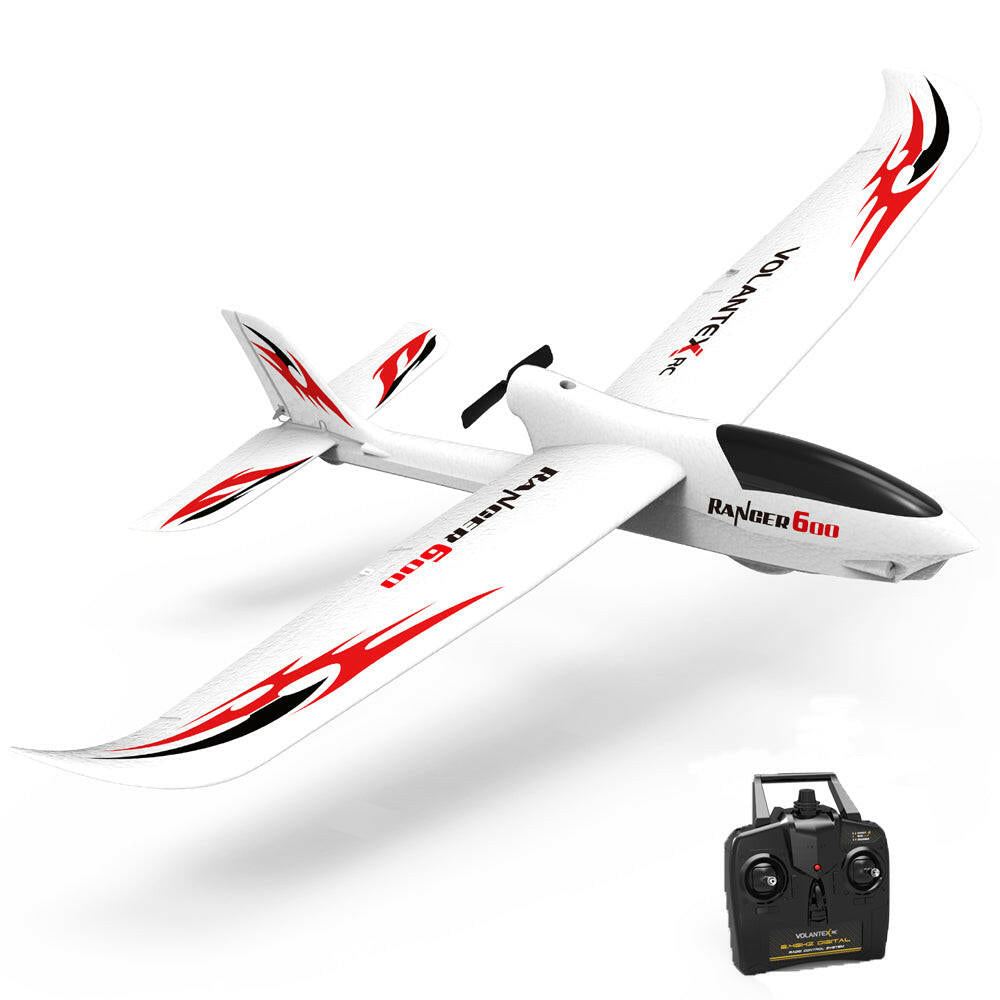As you grow in this hobby, you'll soon realize that aircraft come and go. However, the equipment used by RC pilots for these aircraft is an investment in the hobby which can stay with you for many years. Therefore, here we recommend you some basic equipments to start off. Consider these expenditures an investment in the hobby, you should buy the most durable and versatile equipments to maximize their life spanning and value over the long run.
1) Radio Transmitter
Normally, new pilots will buy RTF (Ready-To-Fly) set that includes a basic transmitter to get them started with that specific beginner plane. Once pilots decide to move on in the hobby, their first purchase is usually a proper computer radio transmitter. Modern computer transmitters can store many different models in their memory, which allows pilots to purchase more aircrafts that are of different types and still use the same transmitter to control all of them.
Other than controlling multiple aircrafts, computer transmitters also expand the features available to pilots. Setting a flight timer, programming different control throws ("Rates") or control sensitivity ("Expo"), or setting up different wing types like Delta wings or flaperons or canards, are just a few of the features that pilots with a modern computer transmitter can access.
A helpful advice when deciding which transmitter/receiver brand to use is to check what other pilots at your local flying field are using. For instance, if your friends are using the Volantex Ex7 Exmitter, then you should think of getting a Volantex Ex7 Exmitter, since your friends will be able to help you navigate its menus more easily. This is important because it can be one of the time consuming tasks in this hobby to learn how to operate all of the functions of a transmitter and to navigate the menu for each brands and models.
2) Charger
A good charger can be used for many years. Try to buy a multi-function / computerized "smart" charger with a LCD display screen and programmable buttons. These chargers can be programmed to charge 2s batteries up to 6s, and from 100mAh up to 6,000mAh. These chargers are usually capable of charging a large number of battery types such as LiPo, LiFe, Li-ion, LiHV, NiMH, NiCD and Pb batteries, intending to help eliminate your need of having multiple and different chargers for all of your hobby RC or other batteries.
3) Battery Checker
If your charger does not have a digital display, then a battery checker is a must as it will tell you the charge state of your flight pack.
4) Charging Equipment
A Lipo-Safe charging bag is highly, highly recommended. In fact, we think it is a must-have for all RC users to charge any RC battery. Lipo-Safe charging bags are normally fireproof and explosionprove because they are made of glass fibers and other materials that can dramatically suppress flames if your battery catches fire during an improper charge cycle. These bags cost about $15, and can literally prevent your house from burning down.
5) Tool box
Although most aircraft arrive with a small tool set necessary to complete the construction of the aircraft, it is always helpful to gradually amass a set of tools such as screwdrivers, wrenches and pliers - all suited to the size of the nuts, bolts and screws that are found on your aircraft, to help maintain and service your RC possessions. As your RC fleet grows, you will probably know which tools are used most often, and earn their place among the tool box you carry to the field at all times.

